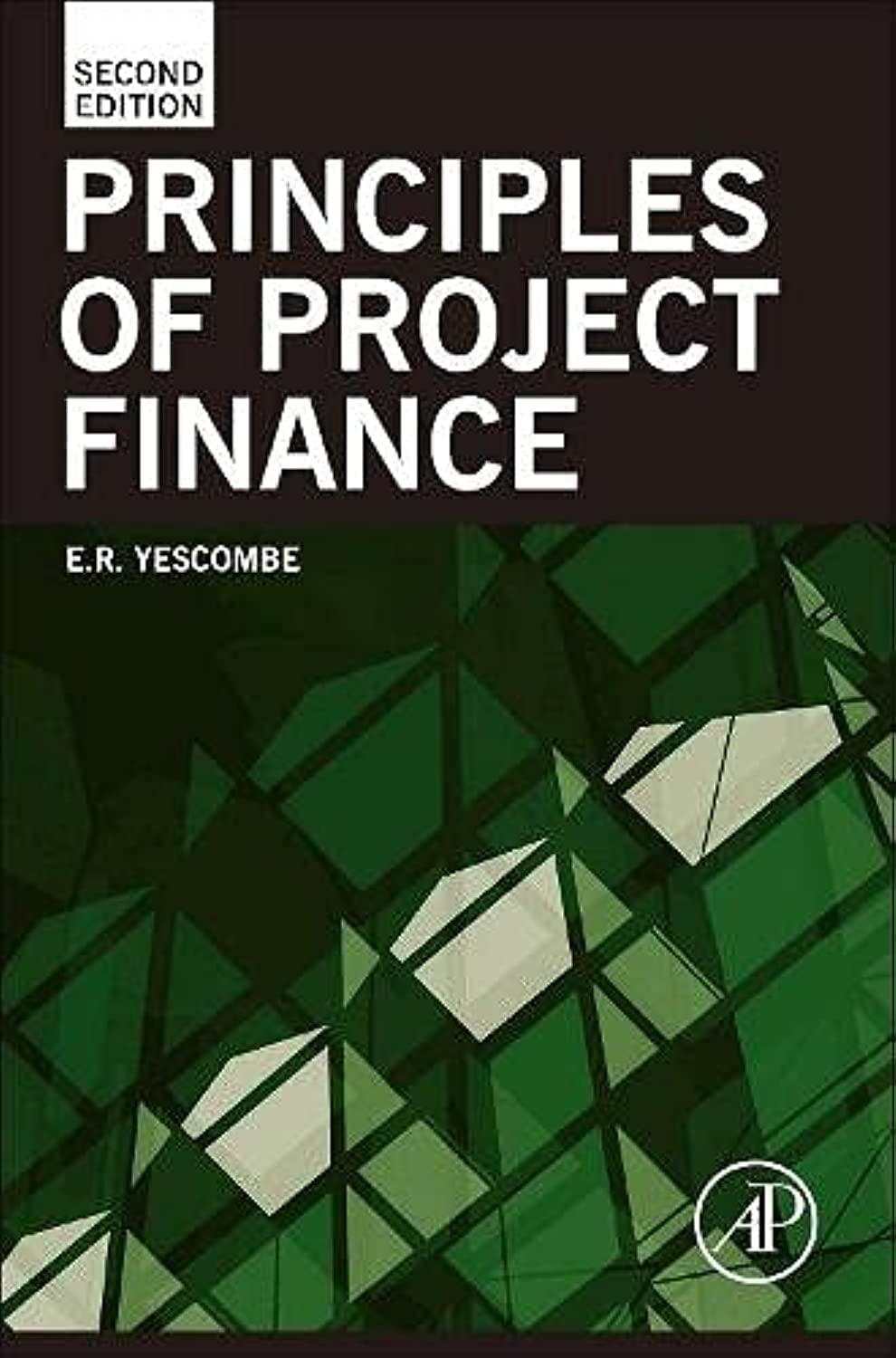Question
Please only answer if you actually know the answer, I will leave a thumb down and report to Chegg if you post the irrelevant answer
Please only answer if you actually know the answer, I will leave a thumb down and report to Chegg if you post the irrelevant answer to this question. It has happened to me twice.
You are an experienced personal financial planner, you met with your new clients, Claire and David Johnston.
Below is a summary of your notes from the meeting. Claire and David Johnston have been married for 9 years and have a 7-year-old daughter named Maegan. Claire and David are both age 36. Claire is pregnant and the Johnstons are expecting their second child in 4 months. They currently rent a small two-bedroom apartment for $1,900 per month. David works as a manager for a robotics manufacturer and earns $110,000 gross annual income ($82,350 after payroll deductions of CPP, EI & income Tax). Claire works as a writer/editor for a local newspaper and earns $35,000 gross annual income ($29,500 after payroll deductions of CPP, EI & Income Tax).
Two months ago, Claire received a tax-free inheritance from her late father in the amount of $200,000. Claire and David used $40,000 of the inheritance to each contribute $20,000 to their own RRSPs. The Johnstons do not make regular contributions to their RRSP accounts. They make RRSP contributions only when they have extra money at the end of the year. The remaining balance of the inheritance, $160,000, was deposited by Claire into a joint savings account (joint with David) at the local bank because they were unsure how to invest their money. The interest rate on this account is 1% per year. David and Claire have disability insurance and health care insurance through their employers but neither has any life insurance.
FINANCIAL MANAGEMENT
Your Clients List of Assets, Liabilities, Income & Expenses
| Asset/Liability | Amount | Rate of Return |
| Banking Chequing Account | $6,500 | 0% |
| Joint Savings Account | $160,000 | 1% |
| Claires RRSP | $110,000 | 3% |
| Davids RRSP | $25,000 | 2% |
| Davids car (3 years old) value | $16,500 | - |
| Claires car (1 year old) value | $33,500 | - |
| Davids current car loan (at an interest rate of 10%) | $6,500 | |
| Claires car loan (at an interest rate of 13%) | $23,500 | |
| VISA credit card balance at 21% interest | $9,500 | |
| Expenditures in October 2022 | ||
| Rent | $1,900/month | |
| Non-discretionary living expenses (household expenses, food, clothing, etc.) | $1,500/month | |
| Entertainment & restaurants | $1,000/month | |
| Claires payment into her Employer Pension Plan | $400/month | |
| Telephone, cable & internet | $250 / month | |
| Car expenses for both cars (insurance, gas, etc.) | $180/ month | |
| Claires car loan Payment | $625 / month | |
| Davids car loan Payment | $400 / month |
REQUIRED:
1. Use the information above to prepare a current Net Worth Statement and a current Cash Flow Statement for the Johnstons. Your personal financial statements for the clients should be presented in the same format as discussed in class.
a.Move to a Bigger Home Describe to your clients 2 advantages of buying a home and 2 disadvantages of buying a home, as compared to renting an apartment.
b.New Car for Steve-Lease vs. Buy Your clients are leaning towards leasing a car. Provide them with a description of 3 advantages and 3 disadvantages of Leasing.
Please only answer if you actually know the answer, I will leave a thumb down and report to Chegg if you post the irrelevant answer to this question. It has happened to me twice
Step by Step Solution
There are 3 Steps involved in it
Step: 1

Get Instant Access to Expert-Tailored Solutions
See step-by-step solutions with expert insights and AI powered tools for academic success
Step: 2

Step: 3

Ace Your Homework with AI
Get the answers you need in no time with our AI-driven, step-by-step assistance
Get Started


